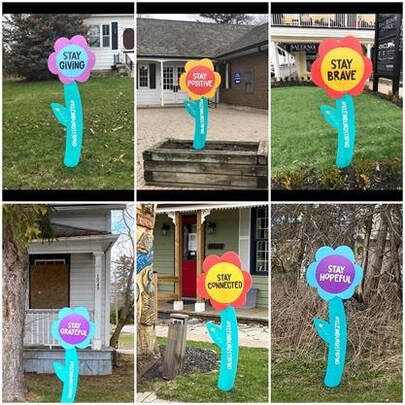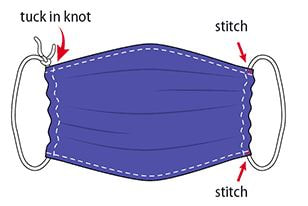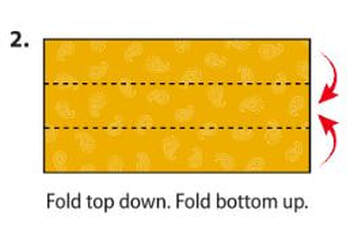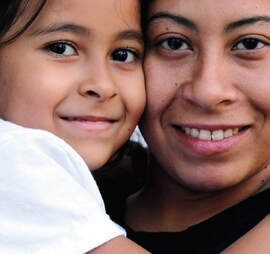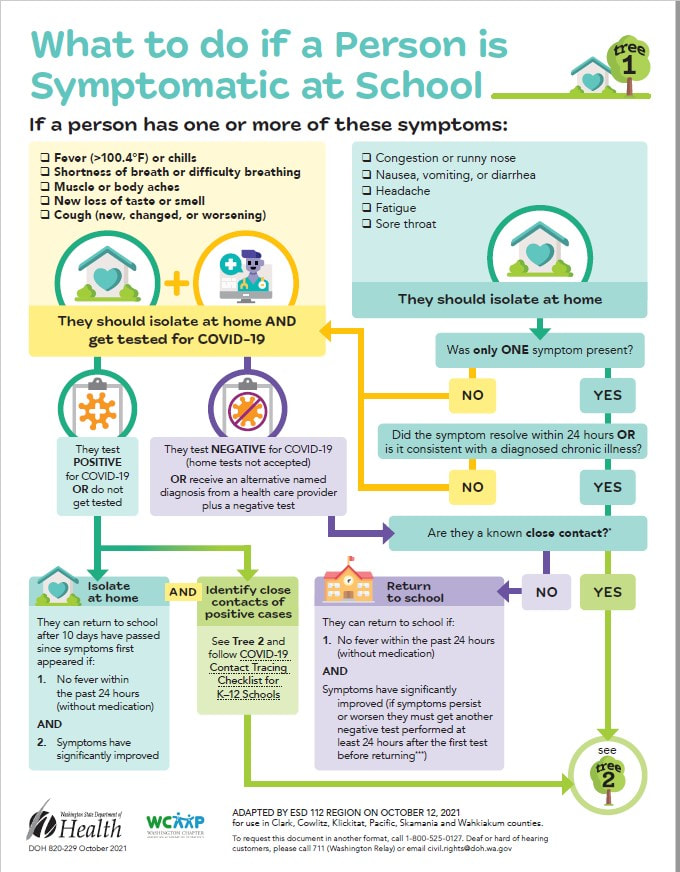There are several steps you can take before, during and after you go grocery shopping to keep yourself and others safe.Before you go
At the store
When you get home
For more information, visit
4 Comments
 Convincing your loved ones to stay home can be a challenge. Here are some tips on having a conversation about staying home and staying healthy. Tell them why you are concerned Ask them to put your mind at ease by adjusting their normal activities. Appeal to their desire to help. Try suggestions like, “I would be very happy if you ordered your groceries to be delivered instead of going to the store.” Make it personal Rather than explain the situation in numbers and statistics, talk about how their choices impact others. Put a face to the people who are affected by the coronavirus. Talk to them about the rewards of good choices they can make now. For example, "Staying how the next few weeks means we can still go to the family reunion next year." Don't blame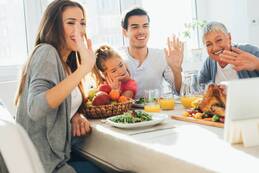 Avoid statements like, "I can't believe you went to the store," or "what were you thinking?" Be empathetic and non judgmental by asking open-ended questions. Ask them what they are hearing and listen closely. If you can identify why they don't want to stay home, you can offer alternatives to help them cope. Teach them This could be an opportunity to teach your loved ones how to use online food delivery services and chatting technology. Technology can help your loved ones stay home, have their needs met, and feel better. Reassure them that they are not aloneIn Washington and around the world, we are all in this together. Let them know that social distancing does not have to mean social isolation. Encourage them to go outside - as long as they stay 6 feet away from others. Help your loved ones write letters, email friends and family, and try video chatting. Reassure them that you are there for them. Stay Home. Stay HealthySpread the factsHow well does my cloth face mask protect me from COVID-19?In general, we wear cloth face masks because they protect other people from getting COVID-19 from us, in case we have it and don't know. Cloth face masks work best if they have several layers of woven fabric, we have clean hands, and we stay at least six feet away from other people. The Do's and Dont's of Cloth Face CoveringsAlthough there is currently no statewide requirement to wear face coverings, Public Health - Seattle & King County recently directed all residents to King County to wear cloth face coverings in public places. This seems like a good time to review the Do's and Don'ts of wearing cloth face coverings. DO cover your face with a couple layers of cloth while in public places. DO wash your hands or use hand sanitizer before you put your face mask on and after you take it off. DO wash your cloth face covering in a washing machine after a day's use. DO take a cloth face covering with you if you are hiking or visiting a park. Although you do not need to wear one outside, you may find that you need to come within 6 feet of someone else on a trail. At that point, put your cloth face covering on, say hello, and carry on. DON'T wear surgical-grade masks or N95 respirators. We need to reserve those for health care and other frontline workers. DON'T think that wearing cloth masks means we can gather in large groups of people. At best, a cloth face mask covering is just one added level of precaution. It doesn't really help unless we are also washing our hands, staying home when we are sick, and practicing physical distancing. DON'T wear a cloth face mask covering while exercising outdoors. It's not dangerous, just annoying and not necessary. DON'T touch your cloth face covering after you put it on. Try not to touch your face at all. DON'T put a cloth face mask on a child under the age of 2, or on a person with a disability that keeps them from being able to remove it. DON'T worry that a cloth face covering might restrict your oxygen. It's not airtight. If you ever feel like you're having trouble breathing, remove the cloth face covering and sit down. If the feeling persists, call 911. How to Wear a Cloth Face CoveringCloth face coverings should...  Fit snugly but comfortably against the side of the face Be secured with ties or ear loops Include multiple layers of fabric Allow for breathing without restriction Be able to be laundered and machine dried without damage or change to shape. CDC on Homemade Cloth Face CoveringsThe CDC recommends wearing cloth face coverings in public settings where other social distancing measures are difficult to maintain (e.g, grocery stores and pharmacies), especially in areas of significant community - based transmission. CDC also advises the use of simply cloth face coverings to slow the spread of the virus and help people who may have the virus and do not know it from transmitting it to others. Cloth face coverings fashioned from household items or made at home from common materials at low cost can be used as an additional, voluntary public health measure. Cloth face coverings should not be placed on children under age 2, anyone who has trouble breathing, or is unconscious, incapacitated or otherwise unable to remove the mask without assistance. The cloth face coverings recommended are not surgical masks or N-95 respirators. Those are critical supplies that must continue to be reserved for healthcare workers and other medical first responders, as recommended by current CDC guidelines. Cloth Face Covering FAQs Should cloth face coverings be washed or otherwise cleaned regularly? How regularly? Yes. they should be routinely washed depending on the frequency of use. How does one safely sterilize/clean a cloth face covering? A washing machine should suffice in properly washing a face covering. How does one safely remove a used cloth face covering? Individuals should be careful not to touch their eyes, nose, and mouth when removing their face covering and wash hands immediately after removing. Sew and No Sew InstructionsSewn Cloth Face Covering Materials:
 Tutorial: 1. Cut out two 10-by-6-inch rectangles of cotton fabric. Use tightly woven cotton, such as quilting fabric or cotton sheets. T-shirt fabric will work in a pinch. Stack the two rectangles; you will sew the mask as if it was a single piece of fabric.
Quick Cut T-shirt Face Covering (no sew method)Materials:
Tutorial: Bandana Face Covering (no sew method) Materials:
Tutorial: More InformationArticle by Rubina Kapil - March 20, 2020 If you or someone you care about feels overwhelmed with emotions like sadness, depression or anxiety, or like you want to harm yourself or others call 911. |
|




